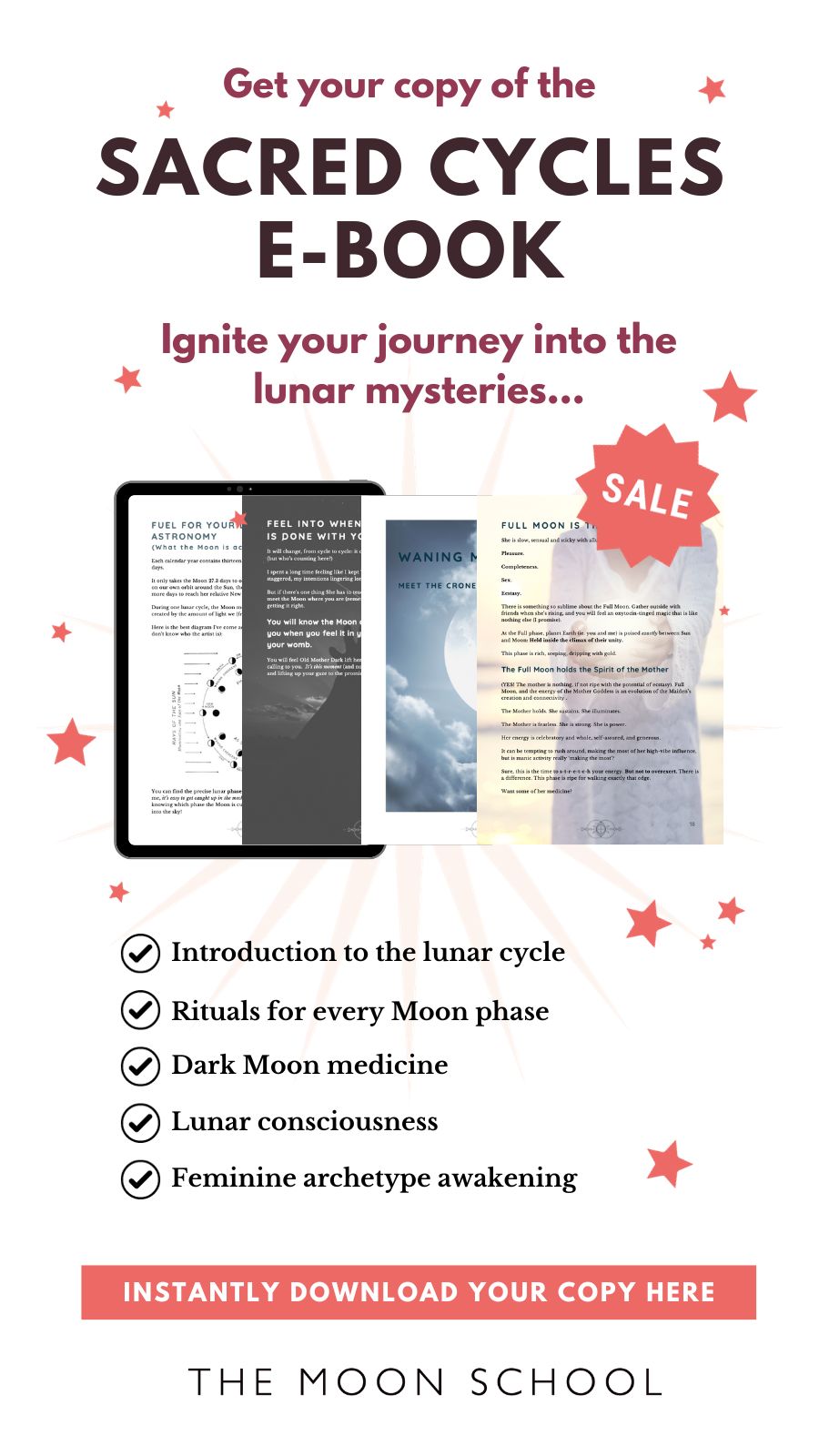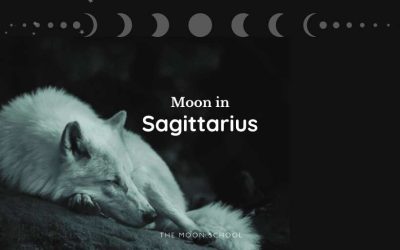If you are interested in psychology, you may have heard of the terms anima and animus. These are two archetypes that were introduced by the famous Swiss psychiatrist Carl Jung.
According to Jung, the anima and animus are two unconscious elements that represent the feminine and masculine aspects of an individual’s personality.
The anima is the feminine aspect of a man’s personality, while the animus is the masculine aspect of a woman’s personality.
The archetypes of the anima and animus are not only present in our dreams, but they influence our behavior and relationships in waking life.
Understanding Anima and Animus
Anima and animus are two archetypes that were introduced by Carl Jung, a Swiss psychiatrist and psychoanalyst. According to Jungian psychology, the psyche is divided into three parts: the conscious ego, the personal unconscious, and the collective unconscious.
- The conscious ego: The part of the psyche that mediates between the internal and external world through perception, and is experienced as the “self” or “I”.
- The personal unconscious: The personal unconscious is the part of the psyche that contains repressed or forgotten experiences and emotions. Also known as the shadow self.
- The collective unconscious: The deepest layer of the psyche that contains all the inherited experiences of human history.
Jung believed that the anima and animus formed a kind of bridge between the personal unconscious and the collective unconscious.
The anima is the feminine aspect of the male psyche, while the animus is the masculine aspect of the female psyche.
These archetypes are not simply stereotypes of gender roles, but rather represent the unconscious qualities that are present in both men and women.
It is important to note that the anima and animus are not separate entities. They are part of a larger whole that makes up the psyche of an individual. They’re intricately interconnected with other archetypes, such as the persona (the social mask we wear) and the shadow (the unconscious aspects of ourselves that we repress).
And just like with shadow work, by understanding and integrating the anima and animus, we can achieve a greater sense of wholeness and balance in our lives.
The role of gender and sexuality in understanding the anima and animus
When it comes to the archetypes of anima and animus, gender and sexuality play a crucial role.
According to Jung, the anima represents the feminine aspect of the male psyche, while the animus represents the masculine aspect of the female psyche. These archetypes are not limited to biological sex or gender identity, but rather represent universal aspects of the human psyche.
Jung believed that gender roles and gender identity are influenced by both physiological and social factors. However, he also recognized that these roles and identities are not fixed and can vary across cultures and individuals.
In fact, Jung’s theory of anima and animus suggests that everyone has both a feminine and masculine side, regardless of their biological sex or gender identity.
For women, the animus can represent their inner masculine side, which may manifest as assertiveness, logic, and rationality. On the other hand, the anima can represent the inner feminine side of men, which may manifest as intuition, emotion, and creativity.
However, it’s important to note that these archetypes are not limited to these stereotypical gender roles and can manifest in a variety of ways.
Yet Jung’s theory of anima and animus has been criticized for its limited view of gender and its reinforcement of gender stereotypes. Some scholars have suggested that a more inclusive and diverse view of gender is needed to fully embrace all genders and sexualities.
By expanding the meaning of gender and sexuality, we can better understand and embrace the diversity of human experience.
You may also like…
Characteristics of the anima and animus
Anima and animus are two of the four main archetypes, forming part of Carl Jung’s theory of individuation, which describes the process of becoming a whole and integrated person.
They represent the feminine and masculine aspects of the psyche, respectively. Here are some characteristics of the anima and animus:
Characteristics of the anima
- Emotion: As the feminine counterpart to the ego, the anima tends to be associated with emotions, feelings, and intuition. It represents the inner feminine qualities of a person, such as creativity, nurturing, and empathy.
- Mind: The anima is often seen as the bridge between the conscious and unconscious mind. It helps you connect with your inner self and understand your true desires and motivations.
- Soul: The anima may be described as the soul of a person. It can represent the spiritual and transcendent aspects of the Self.
- Shadow: The anima can also be seen as the opposite of the shadow, which is the dark and repressed aspects of the self. It may help to balance and integrate these opposing forces.
- Personality: The anima can influence your personality and behavior, especially in your relationships with others. Understanding how it manifests can help you develop a more compassionate and understanding attitude towards others.
- Values: Your anima can help you connect with your values and beliefs. It can help you understand what is truly important to you and guide you toward a more fulfilling life.
Animus
- Rationality: The animus is associated with rationality, logic, and assertiveness. It represents the inner masculine qualities of a person, such as independence, strength, and leadership.
- Mind: As the masculine counterpart to the ego, the animus can help you develop a more objective and analytical approach to problem-solving. It can help you think critically and make decisions based on reason rather than emotion.
- Soul: The animus may represent the spiritual and transcendent aspects of the self, but in a more active and assertive way.
- Shadow: Animus can also have a shadow side, which can manifest as aggression, domination, and violence. It is important to balance and integrate these aspects of the self.
- Personality: Your animus can influence your personality and behavior, especially in your relationships with others. It can help you develop a more assertive and confident attitude towards others.
- Relatedness: The animus can help you establish healthy boundaries and assert your needs and desires in your relationships, leading to more authentic connections with others
Overall, the anima and animus are important archetypes that can help you become a more integrated and whole person. By understanding and integrating these aspects of your psyche, you can develop a more balanced and fulfilling life.
Anima and animus in dreams
Dreams are a really a common way for the anima and animus archetypes to manifest themselves. In your dreams, the anima represents the feminine aspect of your psyche, while the animus represents the masculine aspect.
When you dream about the anima, you may encounter a highly feminized figure, while the animus can appear as a male protector or associate.
The anima and animus mauy also appear in dreams as complete strangers that are really quite attractive and invite you to travel to the unknown. These figures mauy represent the spirit of adventure and your own unconscious desire for growth and exploration.
If and when you meet your anima or animus in the dreamscapes, it’s important to pay attention to them. It’s highly likely they are appearing to provide valuable insights into your own personal development, and you’re ready to receive it.
By exploring these archetypes you’ll be able to gain a deeper understanding of yourself and your relationships with others.
Anima and animus in relationships
In relationships, the anima and animus play a significant role in how we interact with one another. The anima represents the inner feminine qualities of a person, while the animus represents the inner masculine qualities.
For example, a man with a strong anima may be more in touch with his emotions, intuitive capabilities, and nurturing side. On the other hand, a woman with a strong animus may be more assertive, logical, and independent.
These qualities can either complement or clash with the qualities of their partner, depending on the situation.
Jungian psychology suggests that the anima and animus can hinder the creation and cultivation of stable romantic relationships. Whether these archetypes are embraced and integrated, or repressed and denied, can influence our perception and interaction with potential partners.
A man may unconsciously project his anima onto a woman. He may perceive her as an idealized version of his own anima, rather than who she really is. This will lead to disappointment and conflict when the woman does not live up to his expectations.
To avoid, and overcome potential issues around the anima and animus in relationships, it’s vital that individuals become aware of their archetypes, and develop and integrate them into their personalities.
It is important to note that the anima and animus aren’t limited to heterosexual relationships. They can also be present in same-sex relationships, where one partner may exhibit more feminine qualities while the other may exhibit more masculine qualities.
In marriage, the anima and animus can also influence the dynamics of the relationship. A husband with a strong anima may be more emotionally expressive and nurturing towards his wife, for example. While a wife with a strong animus may be more assertive and take charge in decision-making.
However, these archetypes aren’t fixed personality traits. They can change and evolve over time as individuals grow and develop. So it’s vital to have open communication and understanding in relationships to navigate the complexities of the anima and animus.
Curious about the darker archetypes?
Read this post next – 10 Dark Feminine Archetypes Craving Your Attention
Examples of the anima and animus in art, literature, and culture
In literature and art, the anima and animus archetypes are often used to represent the inner feminine and masculine qualities and to create multidimensional characters.
5 Examples of the anima
The Birth of Venus by Sandro Botticelli: The painting depicts the goddess Venus emerging from the sea, representing the anima archetype of femininity and beauty.
Trinity from The Matrix: The character Trinity serves as the anima for the protagonist, Neo, as she helps him to realize his true potential and overcome his fears.
Princess Leia from the Star Wars franchise: Princess Leia can be seen as embodying the anima archetype, as she represents strength, intelligence, and compassion, qualities that are traditionally associated with the feminine.
Daisy Buchanan from The Great Gatsby: In the novel by F. Scott Fitzgerald, the beautiful and mysterious character of Daisy Buchanan represents the anima archetype.
Juliet from Romeo and Juliet: In the play by William Shakespeare, Juliet represents the anima for Romeo, as she embodies his idealized vision of feminine beauty and love.
5 Examples of the animus
James Bond from the 007 franchise: Bond is an ideal representation of the animus archetype of masculinity, power, and seduction. He is a suave and sophisticated spy who always gets the job done.
Bill from Kill Bill: In the Tarantino movie, the character of Bill serves as the animus for the protagonist, Beatrix Kiddo, representing her ultimate adversary and the embodiment of masculine power.
Tiresias from the poem The Waste Land: The poem by T.S. Eliot features the character of Tiresias. He symbolizes the animus archetype of wisdom and insight, as he is able to see beyond the surface of things and understand their deeper meaning.
Mr. Darcy from Pride and Prejudice: In Jane Austen’s novel, the character of Mr. Darcy embodies the animus archetype of strength, intelligence, and independence. After initially appearing cold and aloof, he ultimately proves himself to be a worthy partner for the protagonist, Elizabeth Bennet.
David by Michelangelo: The masterpiece of Italian Renaissance sculpture depicts the biblical hero David, who represents the animus archetype of courage, strength, and heroism.
Anima and animus in modern psychology
In modern psychology, the concepts of anima and animus are still relevant and have been studied extensively.
The anima and animus are considered to be part of the collective unconscious, which is a shared reservoir of knowledge and experience, inherited from our ancestors. According to Jung, the anima and animus are not just personal, but also cultural and historical in nature.
In phenomenology, the anima and animus are seen as part of the subjective experience of the self. They are considered to be part of the “hidden” or “inner” self, which isn’t always visible to others. Because of this, the anima and animus can influence our thoughts, feelings, and behavior in subtle ways. They can also be a source of creativity and inspiration.
In modern psychology, the concept of anima and animus has been used to explain a wide range of phenomena, including gender identity, sexual orientation, and creative expression.
For example, some researchers have suggested that the anima and animus may play a role in the development of gender identity, particularly in individuals who do not conform to traditional gender roles.
Other researchers have explored the relationship between the anima and animus and creativity. Some have suggested that the anima and animus can serve as a source of inspiration for artists and writers, while others have proposed that these archetypes can be a source of creative tension and conflict.
Overall, the concept of anima and animus remains a relevant and important part of modern psychology. By exploring these archetypes, we can gain a deeper understanding of the hidden aspects of the self and the ways in which they influence our thoughts, feelings, and behavior.












